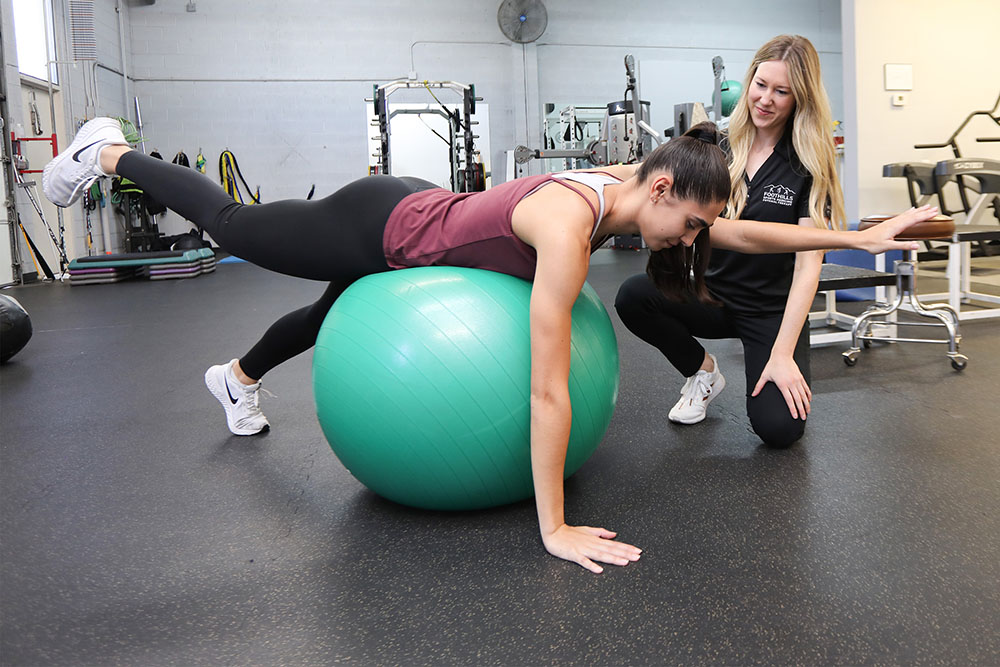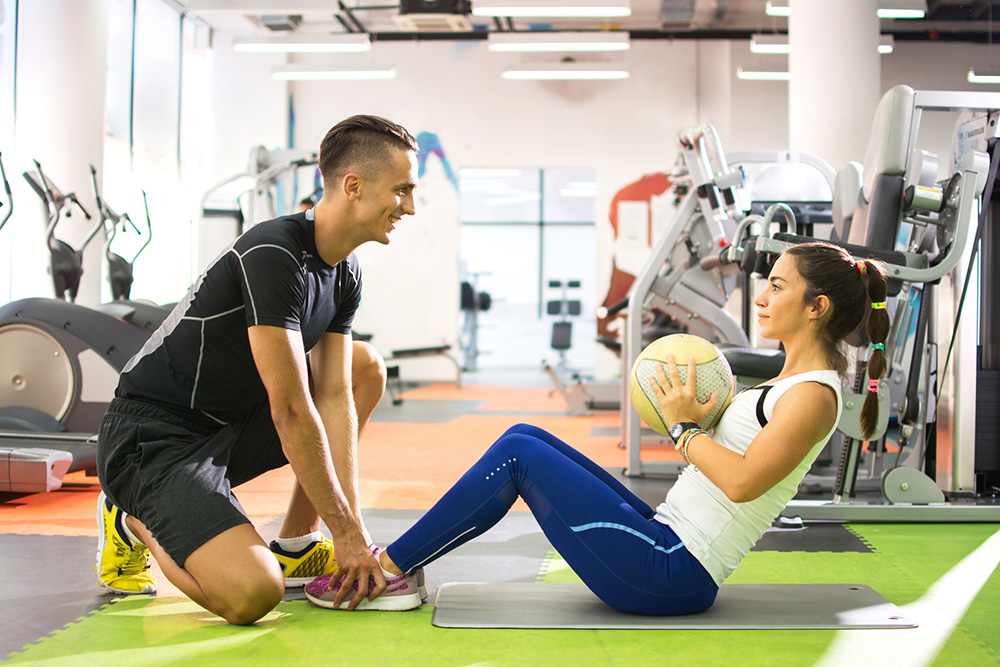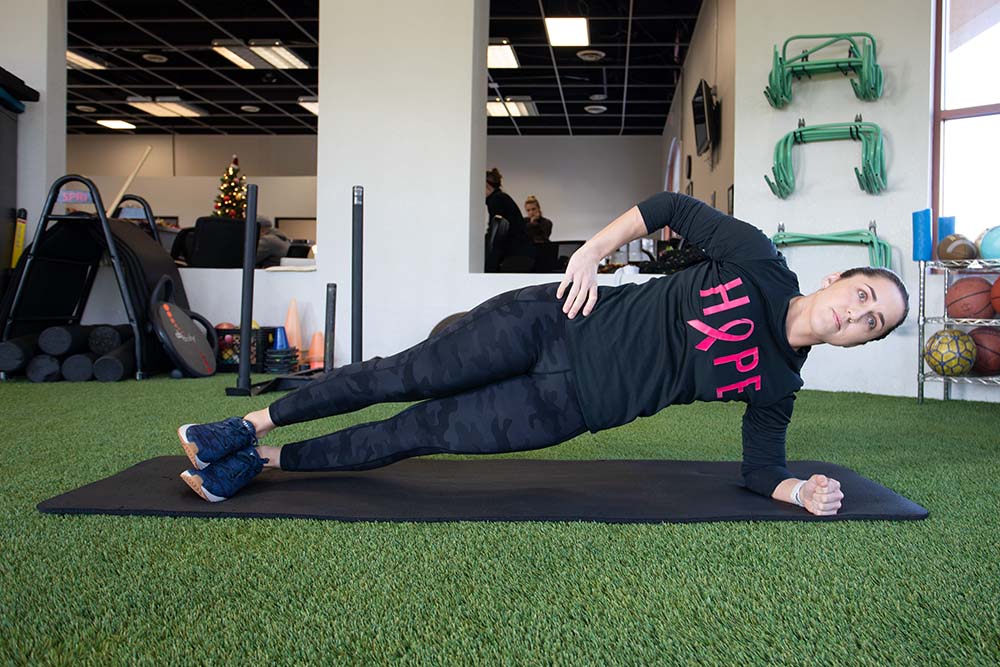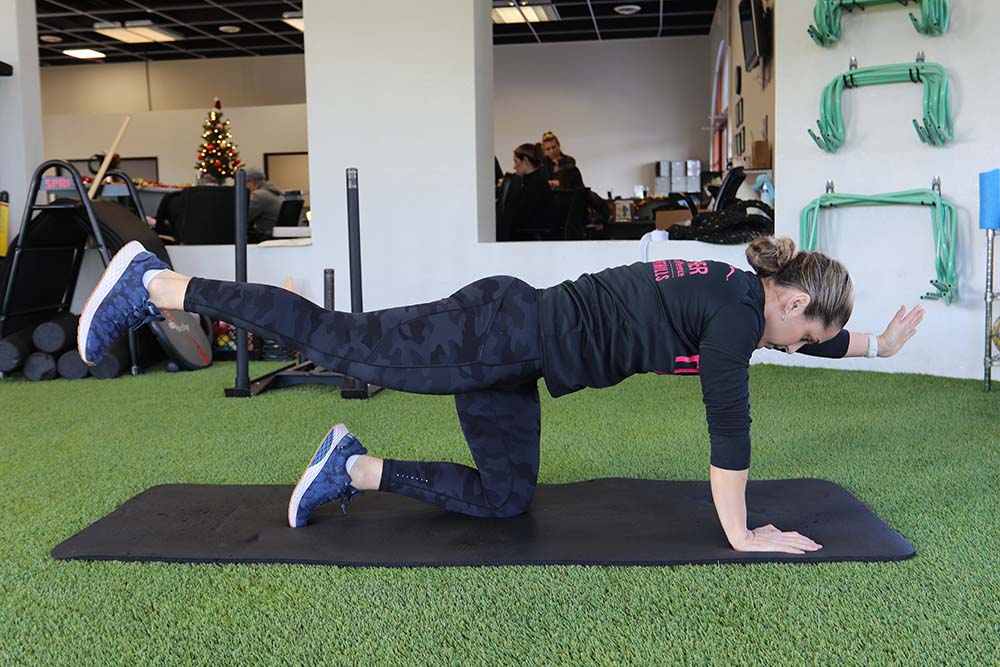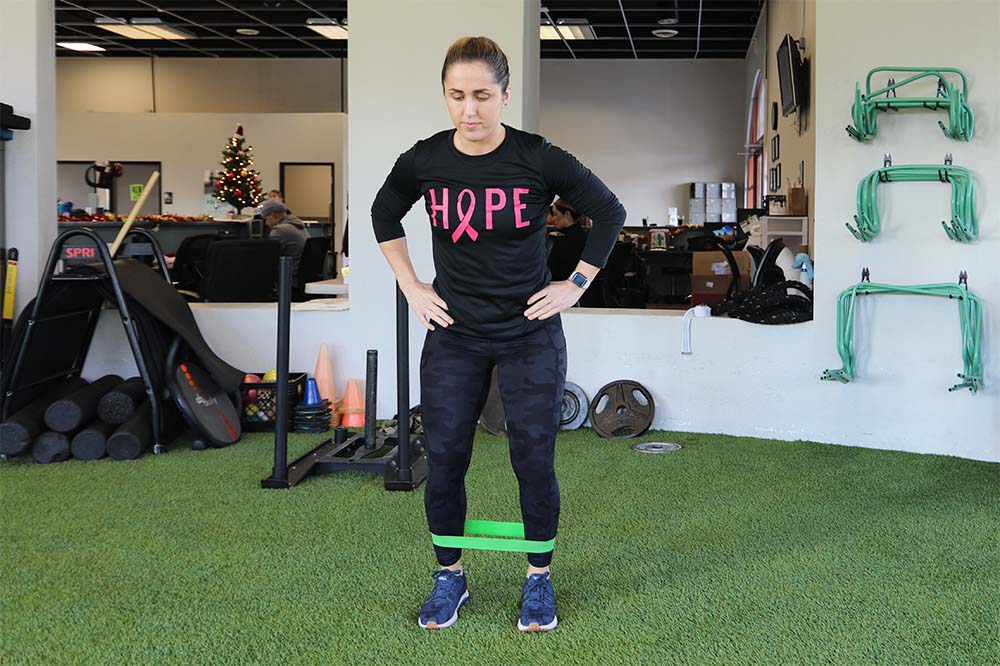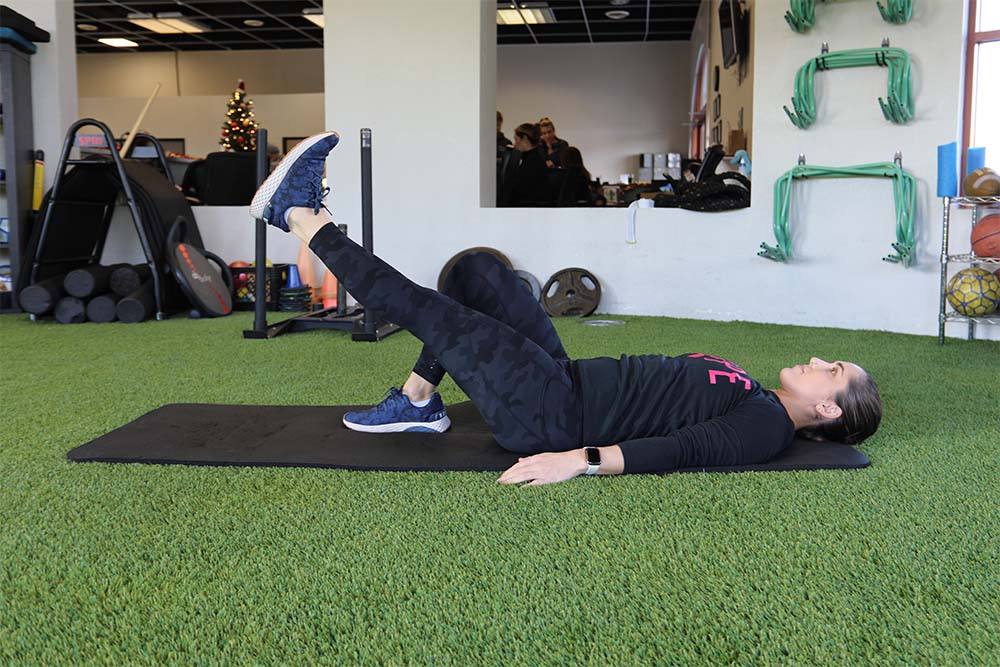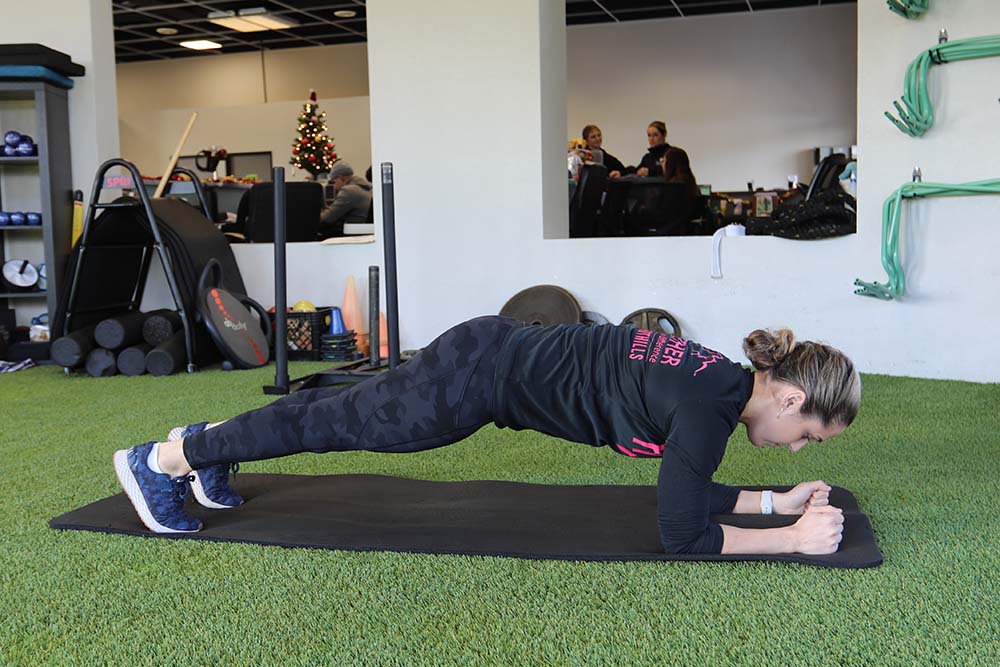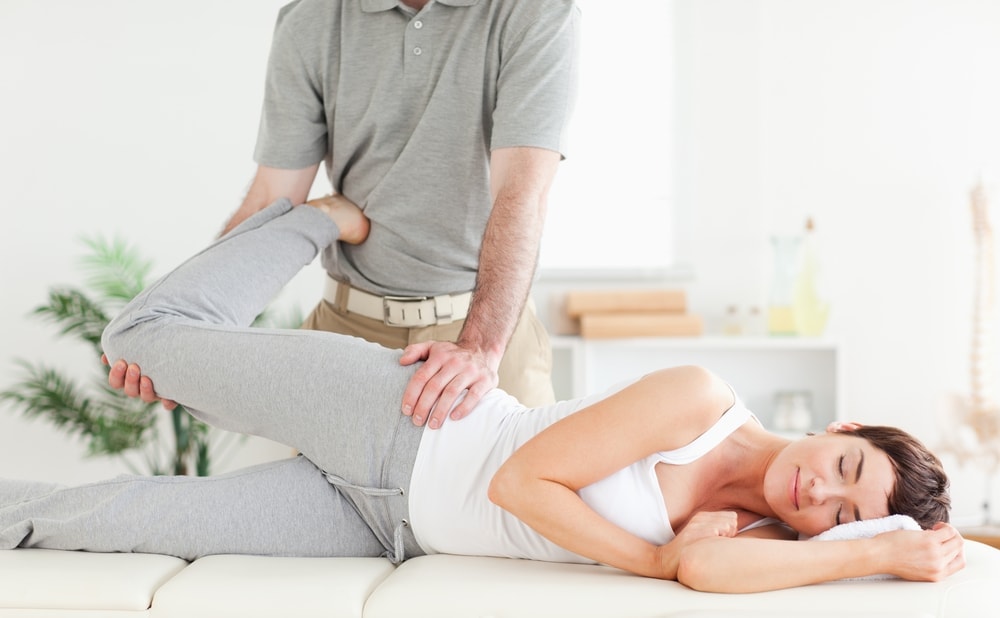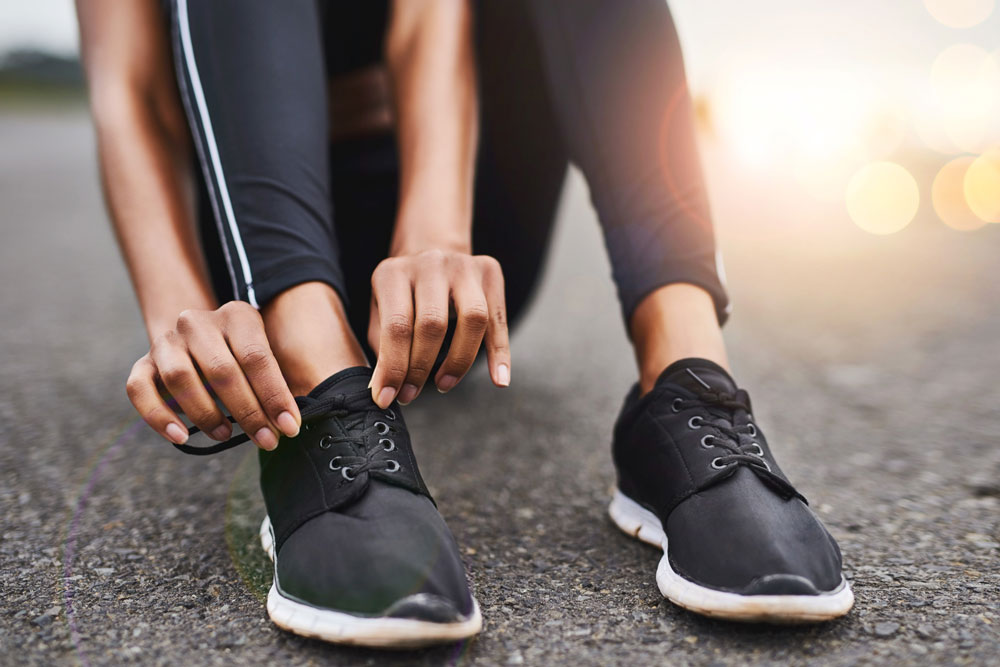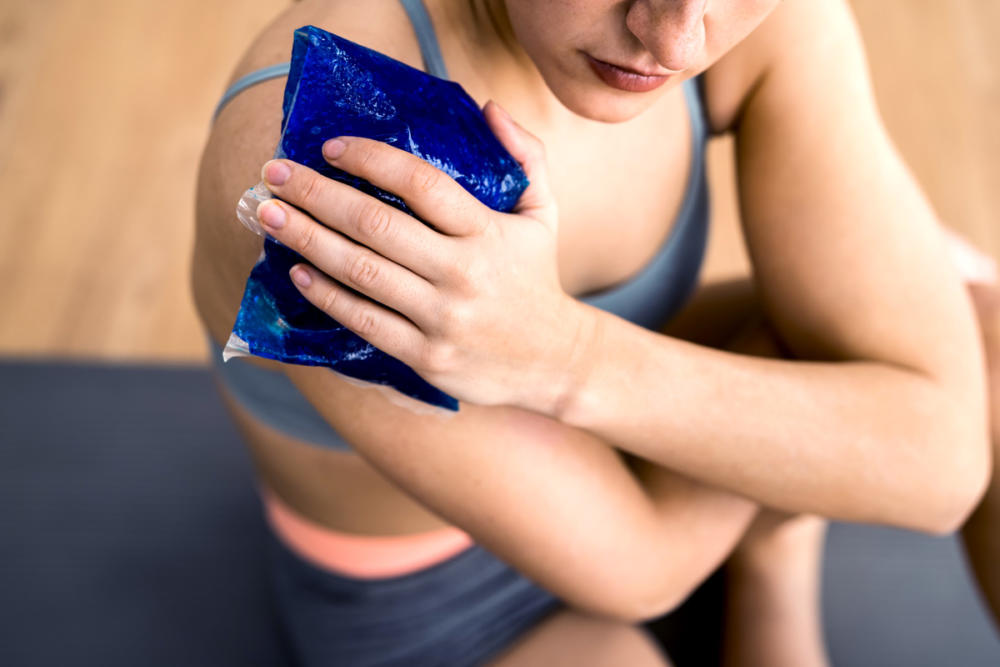By David Johnston, PT, DPT at Foothills Waddell
If you’ve ever experienced lower back pain or sciatica, your doctor may have told you that your core strength is lacking and recommends core physical therapy. But what exactly does this mean? How do you go about strengthening it? And what are the best core strengthening exercises?
The core is a group of muscles that run from the base of your spine to your pelvis. It includes the abdominals and back muscles that help keep your bones stable and supported while you move around. The more stable your core is, the easier it will be for you to move around without pain. The core is also essential for posture, as it helps to keep your spine straight and your back supported. A strong core will help you maintain good posture and prevent back pain. Sitting at your desk all day makes slumping over and slouching easy.
But if you sit with your back straight, it can help prevent pain in the long run. Your core is also essential when performing other activities like lifting heavy objects or bending over to pick something up off the floor. If you have a weak core, it’s more likely that you will strain your back when lifting or bending over. It’s also easier to injure yourself if you don’t have strong muscles supporting your spine.
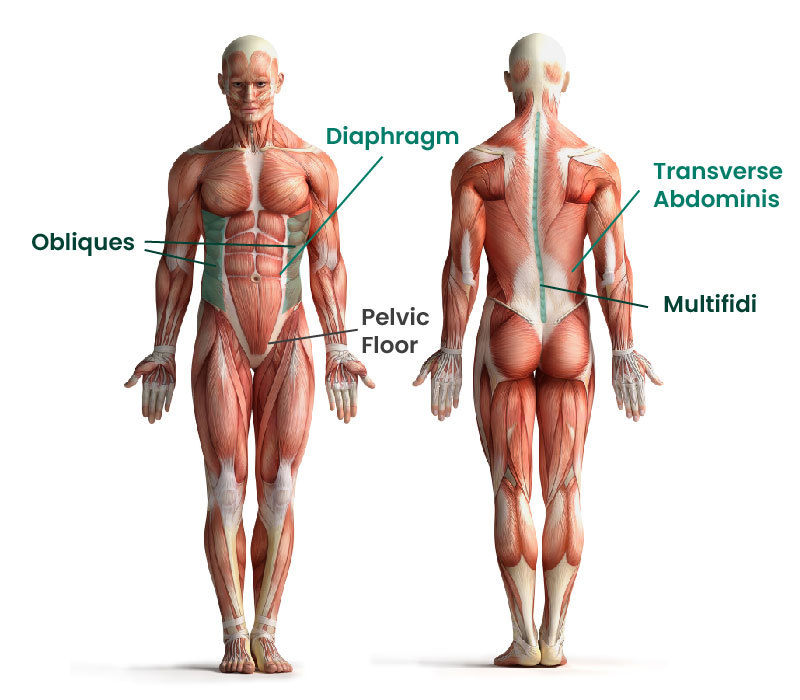
The Role of the Core Muscles
The core comprises five muscle groups: pelvic floor, diaphragm, obliques, transverse Abdominis, and multifidi. These muscles work together to stabilize your pelvis and spine so you can perform everyday activities without straining your back.
The transversus abdominis is a muscle that wraps around your torso, supporting it and helping to keep your spine stable. It acts as a built-in back brace that promotes stability and helps maintain a strong foundation for movement. This muscle also works with other muscles during movements such as sit-ups and crunches, but because it’s so far under the surface of your skin, it can be hard to feel if you don’t know what to look for.
The obliques offer lateral core stability and help stabilize the rotation of the trunk. They allow you to bend forward and twist at the waist. They also assist in rotating your spine so you can turn from side to side when needed. The internal oblique is a thin, flat muscle that runs vertically alongside your spine from your rib cage to your pelvis. The external oblique lies just beneath the surface of your skin and wraps around your sides from front to back.
The multifidi are interlocking spinal muscles joining and stabilizing spinal segments to form the deep back side of your core. They play a significant role in promoting stability and allowing pain-free spine movement. Dysfunctional multifidi are associated with back and neck pain as they work together with other core muscles to stabilize the spine.
The diaphragm and pelvic floor comprise your core’s roof and basement. Learning to breathe at the correct time can add stability to the spine when lifting. Learning to contract your pelvic floor muscles can also promote stability. Pelvic floor weakness is often underdiagnosed and much more common than you think.
Exercise these muscles frequently. The key is ensuring you don’t overdo it since they work every time you move. You don’t have to lift weights or do sit-ups; try walking, swimming, and yoga.
Why Is Core Strength Important?
Having adequate core strength and stability is foundational for pain-free movement. Your core helps you maintain balance and stabilizes your spine when lifting something heavy. Your core also helps prevent injury by giving your limbs a stable base to act from. Think of pushing a heavy object while wearing ice skates – Generating force is tough. A strong core makes everyday activities easier on your body and increases overall health and well-being.
Why is it Important to Work on your Posture?
Posture is essential for maintaining a healthy spine and reducing the risk of injury. Good posture helps to align your body correctly, preventing back pain and other health problems. It’s also essential for good core strength, providing stability for your upper body.
Poor posture can cause pain and discomfort in the neck, shoulders, lower back, hips, and knees. Poor posture means placing too much strain on one area of your body rather than distributing it evenly throughout all spine regions. This can lead to strain of your neck and back muscles and cause pain.
The benefits of core strength, posture, and overall body health are just the beginning. Good posture is also important in looking good, feeling confident, and having a positive self-image. Walking around with your shoulders slumped forward or your head down all day can make you look tired and uninterested in what’s happening around you.
On the other hand, standing up straight with your shoulders back makes people think you’re confident about who you are and what you have to contribute to society.
How Do You Know If You Have Weak Core Muscles?
Weak core muscles can cause several issues, including back pain. If your core muscles are weak, you will be less stable and less balanced than those with strong core muscles. This increased instability and decreased balance can lead to poor posture and low back pain. In addition to causing lower back pain, weak core muscles can cause other problems like headaches, knee pain, and hip injuries. For people who spend a lot of time sitting at their desk job or driving in their car (like many people do), it’s easy for their lower back muscles to become inactive over time if they don’t get up every once in a while during the day to walk around and stretch out those muscles.
The lack of activity causes those small stabilizing muscles that keep the spine aligned while standing up straight to waste away from disuse until they’re too weak to do their job anymore. When this happens, the spine begins to sag and curve into an abnormal shape over time. The result is that people start to develop lower back pain because their bodies aren’t working correctly anymore. So, what’s the solution? Simple: get up and walk around every once in a while! And if you have time, take some time to stretch out those muscles before they become too weak to do their job anymore.
The best way to prevent lower back pain is to keep your spine healthy and strong. This is done by doing exercises that strengthen the muscles in your back (the erector spinae), abdomen (rectus abdominis), and hips (gluteals).
6 Core Exercises for Stability and Balance
The core is a critical body area; you should train it regularly. You can do this with various exercises targeting different muscle groups. The following six inner core exercises are the best to strengthen the core:
Plank and Side Plank (works your rectus abdominis):
- Lie on your stomach with your elbows bent and forearms on the floor.
- Push up with your arms so that the floor supports only your body weight.
- You can add a weight plate to increase difficulty, but ensure it doesn’t put too much pressure on your wrists.
- Hold for 30 seconds, then rest for a minute before performing again.
- Repeat three sets of 5 reps each day.
Superman Exercise (works your erector spinae):
- Lie on your stomach with your arms straight in front of you.
- Raise your arms and legs off the floor, keeping them straight.
- Hold for 30 seconds, then rest for a minute before performing again.
- Repeat three sets of 5 reps each day.
Bird Dog Exercise (works your erector spinae):
- Lie on all fours, with your back straight and your hands below shoulder width.
- Raise one arm and the opposite leg off the floor, keeping them straight.
- Hold for 30 seconds, then rest for a minute before performing again.
- Repeat three sets of 5 reps each day.
Lateral Walk (works your gluteals and thighs):
- Stand with your feet together, then take a step to the right.
- Push your hips back and lower into a squat.
- Hold for 30 seconds, then rest for a minute before performing again.
- Repeat three sets of 5 reps each day.
Leg Raises (works your rectus abdominis and lower back):
- Lie on your back with your legs straight and hands behind your head.
- Then, slowly lift one leg off the floor, hold for 30 seconds, then rest for a minute before performing again.
- Repeat three sets of 5 reps each day.
Plank (works your core):
- Lie on your stomach, then lift yourself onto your forearms with your elbows until your body is at a 45-degree angle from the floor with your legs straight
- Hold for 30 seconds, then rest for a minute before performing again.
- Repeat three sets of 5 reps each day.
Experts vary on how frequently you should do these core balance exercises: some recommend as little as two times per week, and others say seven times per week is ideal for optimal core strengthening. The more you practice transverse abdominis exercises, the stronger this important stabilizing muscle will become—and more muscular abs generally lead to fewer aches and pains throughout the rest of your body!
Conclusion
Building your core is the perfect way to improve stability, balance, and posture and decrease pain while improving overall strength. Doing so will help you progress with exercises requiring balance or control over your body’s center of gravity. It also has many other benefits, such as improved digestion and posture. Physical therapy exercises and strength training are the best ways to strengthen your core. You can also get results by doing more traditional core stability exercises like crunches and planks. But if you want the most efficient, effective workout for your abs, try adding some physical therapy core exercises into your routine.
When you know how to build core strength and stability, your body can do more and feel better overall. Request an appointment with Foothills Sports Medicine Physical Therapy today to learn more about the benefits of a strong core and how we can help you improve yours.

